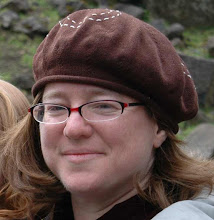Introduction
Jews in the American colonies were often known by several names that they used depending on the circumstances: a Hebrew name for religious records, a Spanish or Portuguese pseudonym under which they traded with Iberian companies or Spanish and Portuguese colonies and under which they might have been baptized while living as conversos on the Iberian Peninsula, and a Dutch or British version of their name that they used for everyday life in the colonies. Some Jews such as Aaron Lopez gave up their converso name (Duarte) upon leaving Iberia and adopted a Hebrew name for everyday life (Aaron) rather than using an English version of his Iberian name (which would have been Edward). Since gravestones in the Atlantic World often contained multiple inscriptions in different languages (e.g. Hebrew, English, and Spanish), sometimes two or more of these names were united on a tombstone.Other times, a gravestone favored one identity over another, for example a gravestone might reject a converso name and identity for a Judaicized self. Thus, on the gravestone of Isaac Nunes we find his name listed as Yshac Nunes Belmonte, with and the Spanish pseudonym of Don Manuel is cast aside.
 |
| Gravestone of (Baron) Isaac Nunes (alias: Don Manuel de Belmonte) (1705) in Beth Haim, Ouderkerk aan de Amstel, Netherlands (Jewish Atlantic World Database) |
In order to decode Jewish gravestones from the Jewish Atlantic World and understand the familial relationships they convey, it is helpful to know something about naming conventions popular during the era. While British colonial naming conventions were similar to those found in traditional American families today (first name plus a possible middle name, followed by a surname inherited from one’s father), Dutch and Spanish naming conventions differed and were adopted by those who were from or had lived in either the Iberian Peninsula, the Netherlands, or the Spanish, Portuguese and Dutch colonies. Traditions for first (“given”) names came out of Sephardic and Ashkenazi traditions, but also were impacted by which cultures Jews lived among. The next sequence of posts on naming conventions is intended to help people understand the significance of what names are used in the Atlantic World.
Reminder: you can browse the Gravestones in the Jewish Atlantic World Database by first name. This is a useful way to find out what names were popular among both Jews and Gentiles in the colonies. Coming soon, browsing by Family Name as well.




0 comments:
Post a Comment